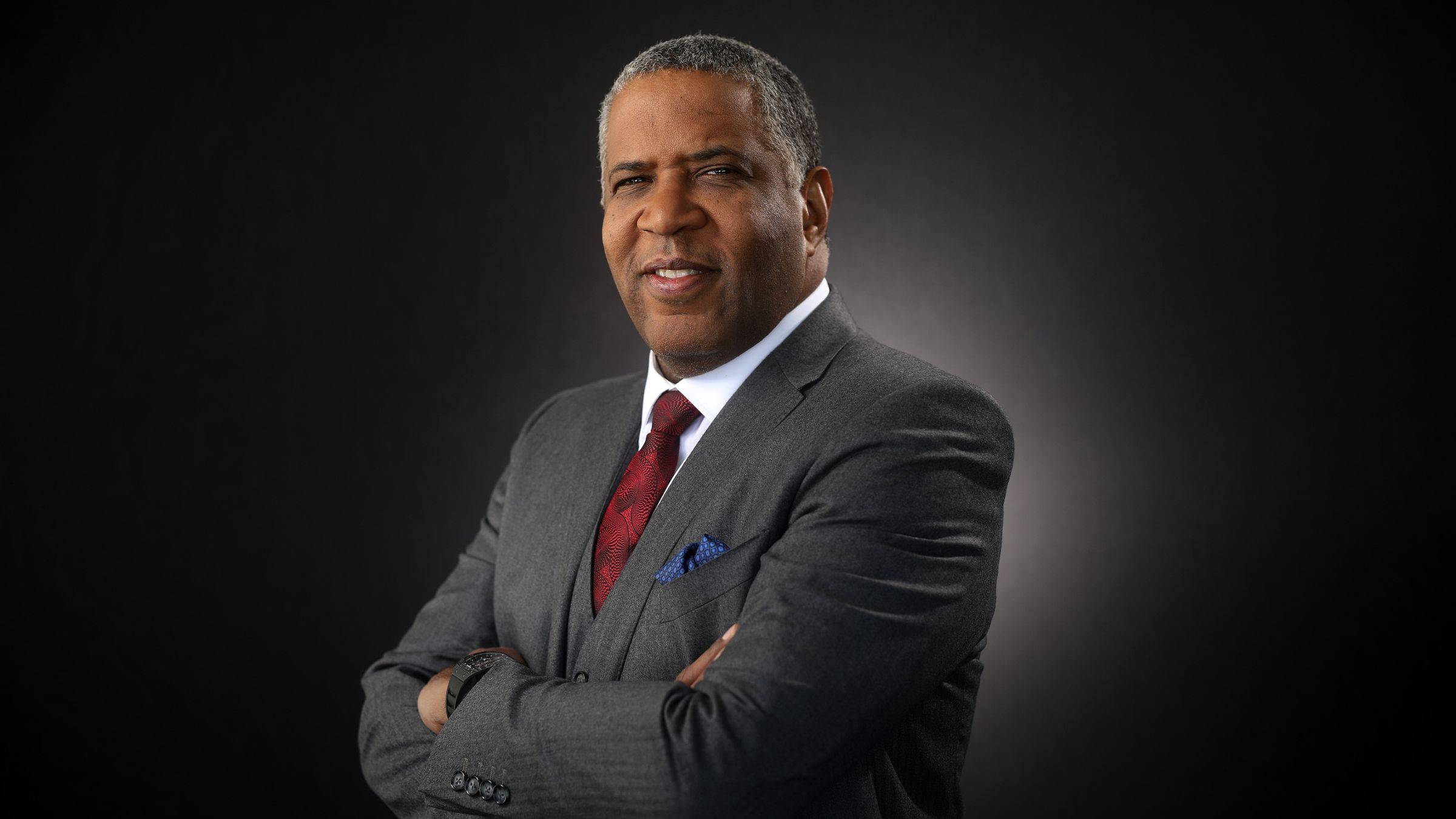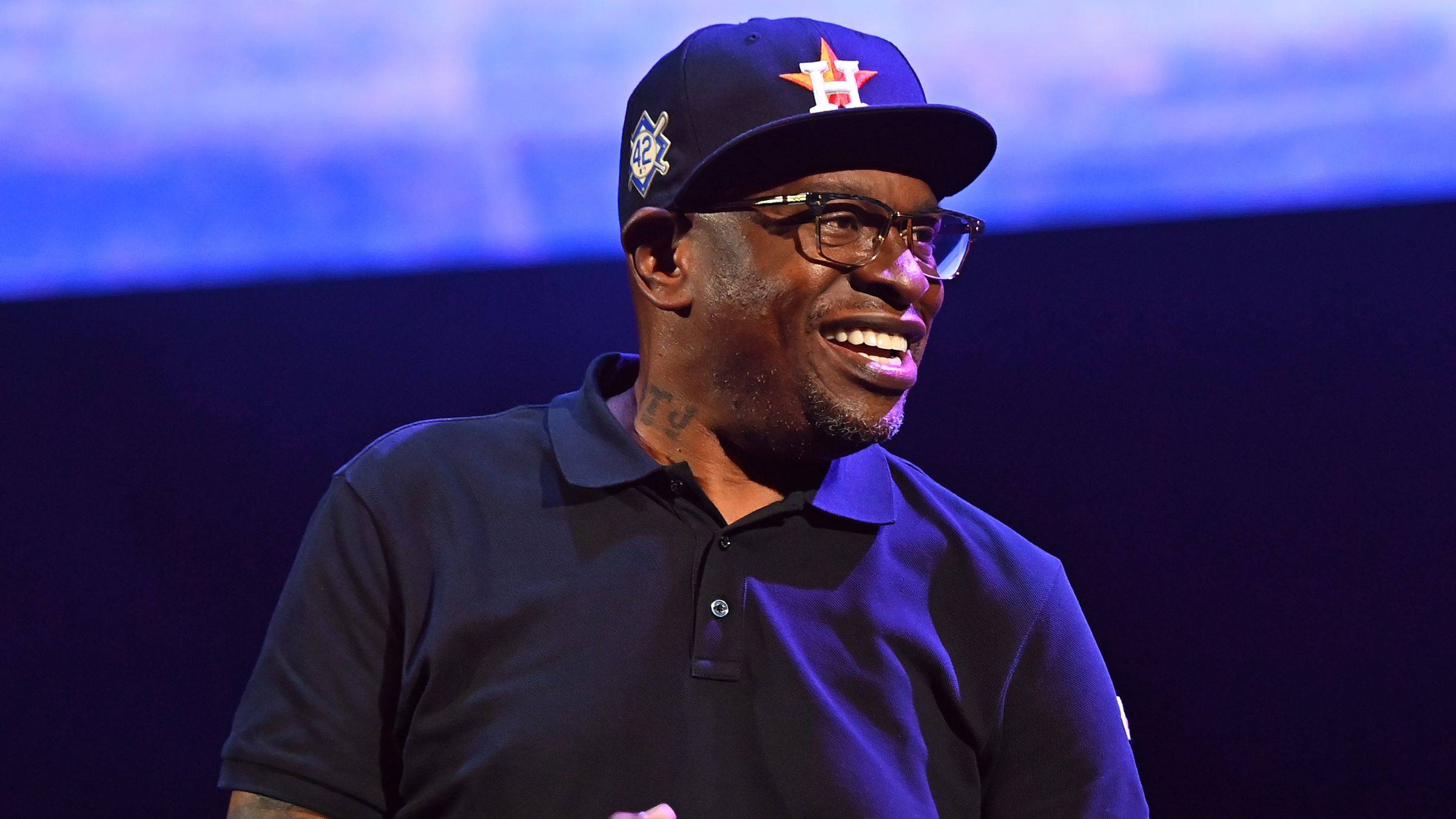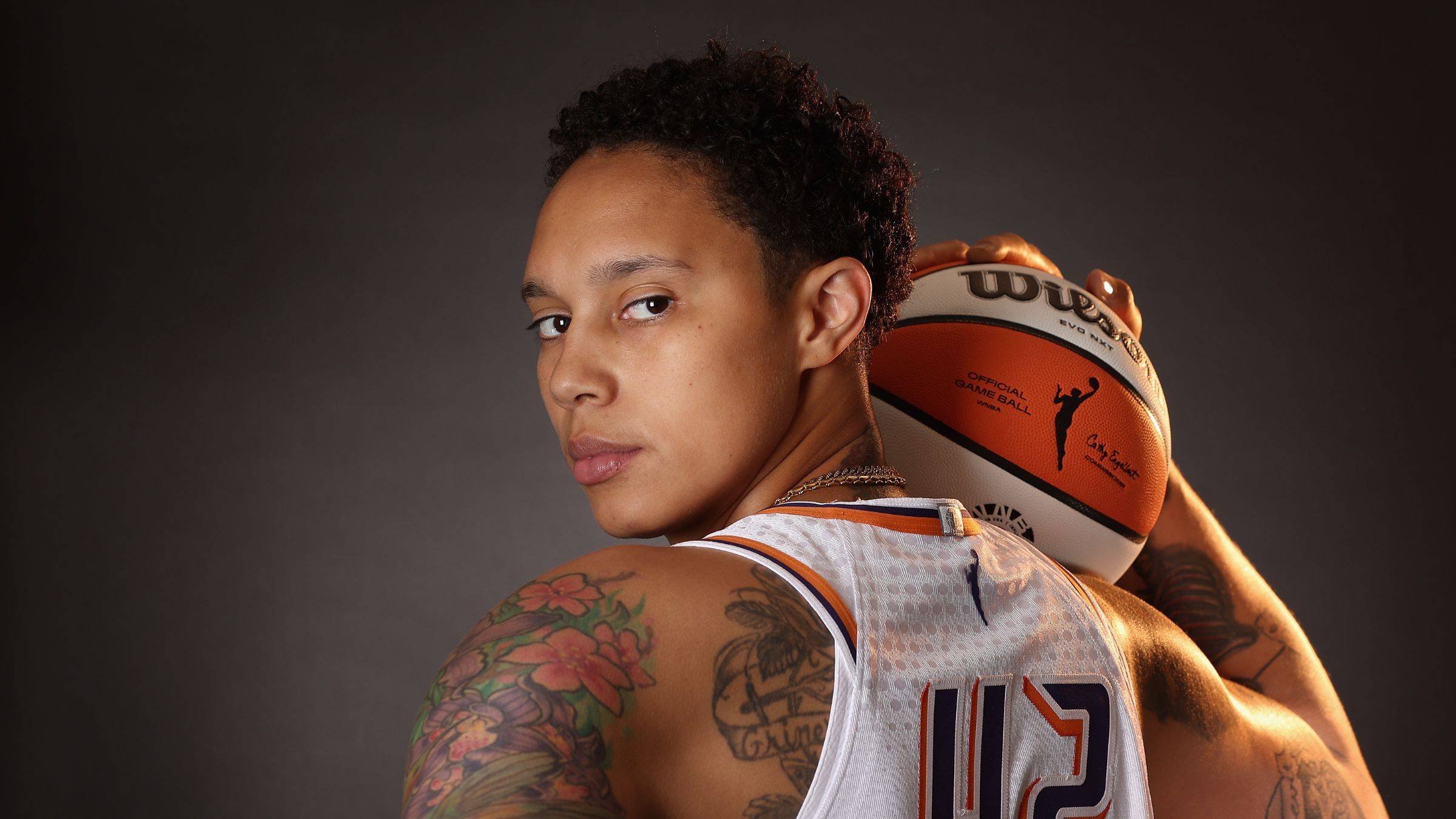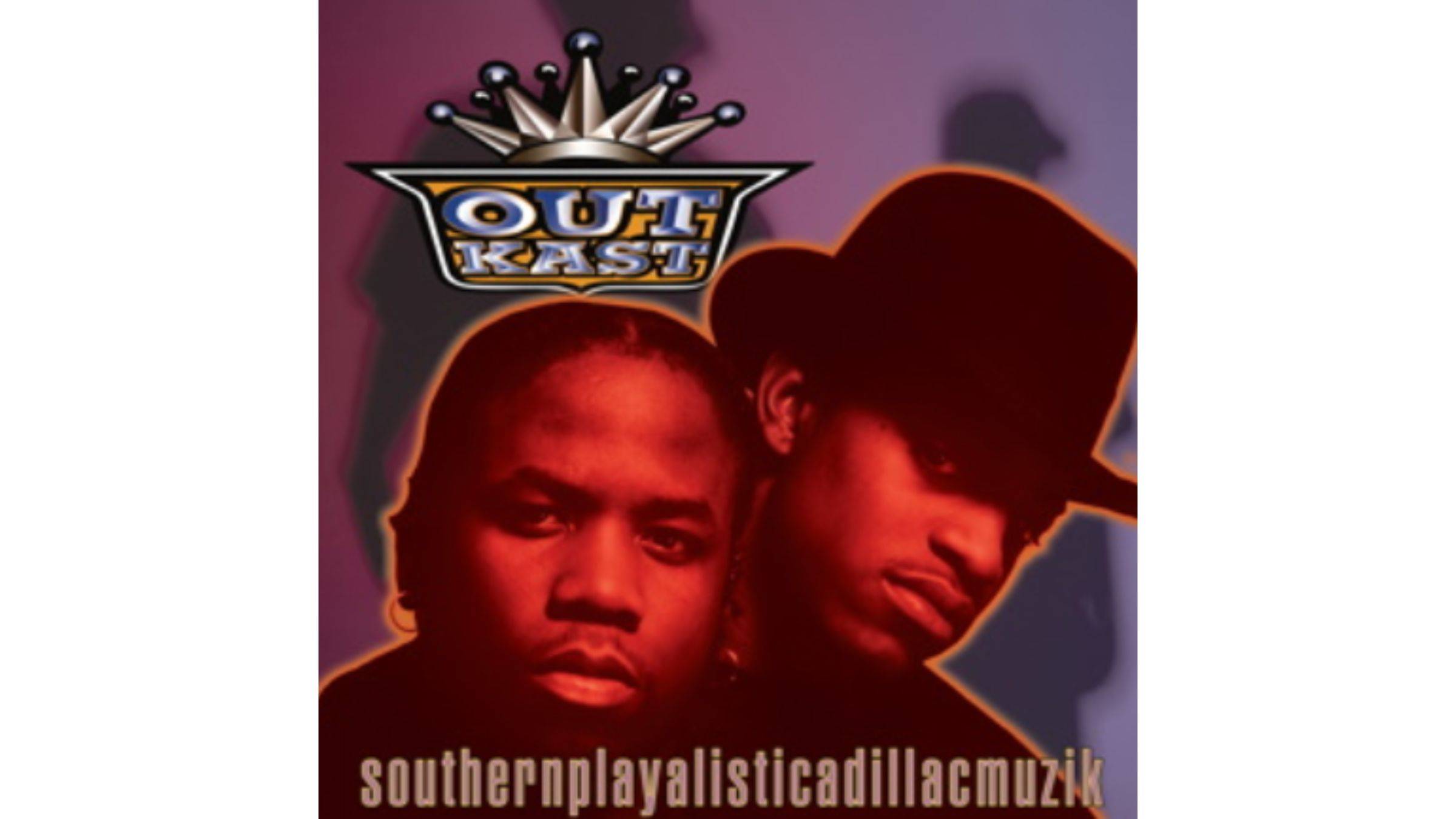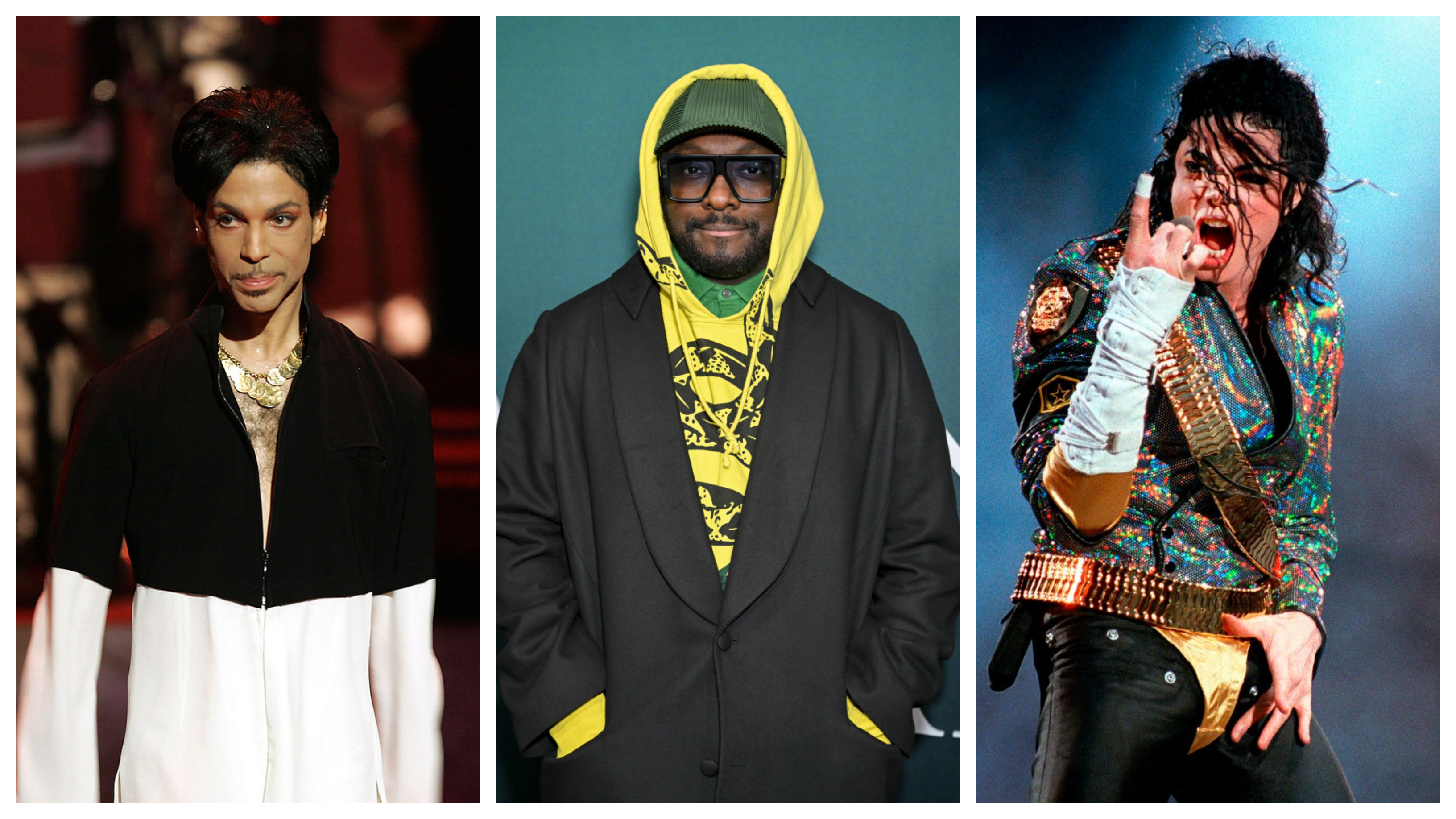Why Inner-City Youth Are Still Hurting Post-9/11

On the morning of September 11, 2001, students in schools around the country turned on their television sets and watched in horror as the Twin Towers of the World Trade Center became engulfed by fire and smoke after being hit by two hijacked airplanes.
They fixed their eyes upon images of badly burned and maimed victims being carried off by emergency crews. They saw lower Manhattan become blanketed in gray, smoking ash.
Even at a distance from the disaster, the horrific scenes likely felt as if they were no further than just outside their doors.
For students attending schools in Manhattan and surrounding boroughs, it was.
Eight months after the 9/11 attacks, researchers surveyed 1,214 students from a high school in the Bronx, New York, located about 20 miles north of Ground Zero. The students were in grades 9 through 12, the majority of whom were Black and Latino.
The study focused on finding indicators of Post-Traumatic Stress Disorder (PTSD), the anxiety disorder that affects a person who has seen or lived through a dangerous, catastrophic event.
“To our knowledge, at the time of our study, there was no other study that looked at associations between PTSD and personal exposure, loss of psychosocial resources and mental health history in a sample of minority high school students 20 miles north of the World Trade Center,” says Michele Calderoni, a researcher in that study, which was published in the Journal of Adolescent Health.
Researchers reported a rate of PTSD in those students that was much higher post-9/11 than was found in large studies of PTSD done before the attacks. About 7 percent — or about 90 students — reported that they felt less safe and less protected by the government, among other PTSD predictors, researchers reported.
Despite being far less than half of the population sampled, experts say that swift attention should be paid to at-risk inner-city youth. In addition, inner-city youth are more at-risk for PTSD post-9/11 if they had previously experienced domestic violence in the home, poverty or other traumatic experiences.
“Counseling is critically important. For people who say, ‘We don’t have to worry about it, they’ll outgrow it, grow up, be a man or be a woman, get over it,’ those kinds of messages are really destructive and add to the mental health problems of the youth,” says Fred Bemak, a professor of counseling and development at George Mason University in Washington, DC. “If we generalize and say everyone’s going to be fine and it will take time — that’s not true.”
Bemak has spent his career working with at-risk youth and has pioneered post-disaster counseling programs in Haiti and Africa, as well as counseling survivors of Hurricane Katrina.
Strong social structures such as educational systems and community resources fall apart during disasters, if they are present at all in inner-city communities, he says. With so little guidance, this can become shaky ground for the young, fragile mind.
Even turning to parents to guide youth during difficult times can prove limited when one in five adults in New York City suffers from 9/11-related PTSD.
Bemak says the youth he has worked with have been tremendously resilient after catastrophic periods. However, there is a smalll pocket of kids who can’t overcome their fears and anxieties.
“I think the long-range projection for kids is that unless we do counseling, get in there and help with the healing, that it affects their long-term trajectory,” he says.
These can include difficulties in obtaining and maintaining employment and becoming productive members of society, he says.
“All of those pieces get affected if we don’t start tending to the trauma that’s underneath.”
For more on signs your child may suffer from PTSD and how you can help, click here.
(Photo: Timothy A. Clary-Pool/Getty Images)

